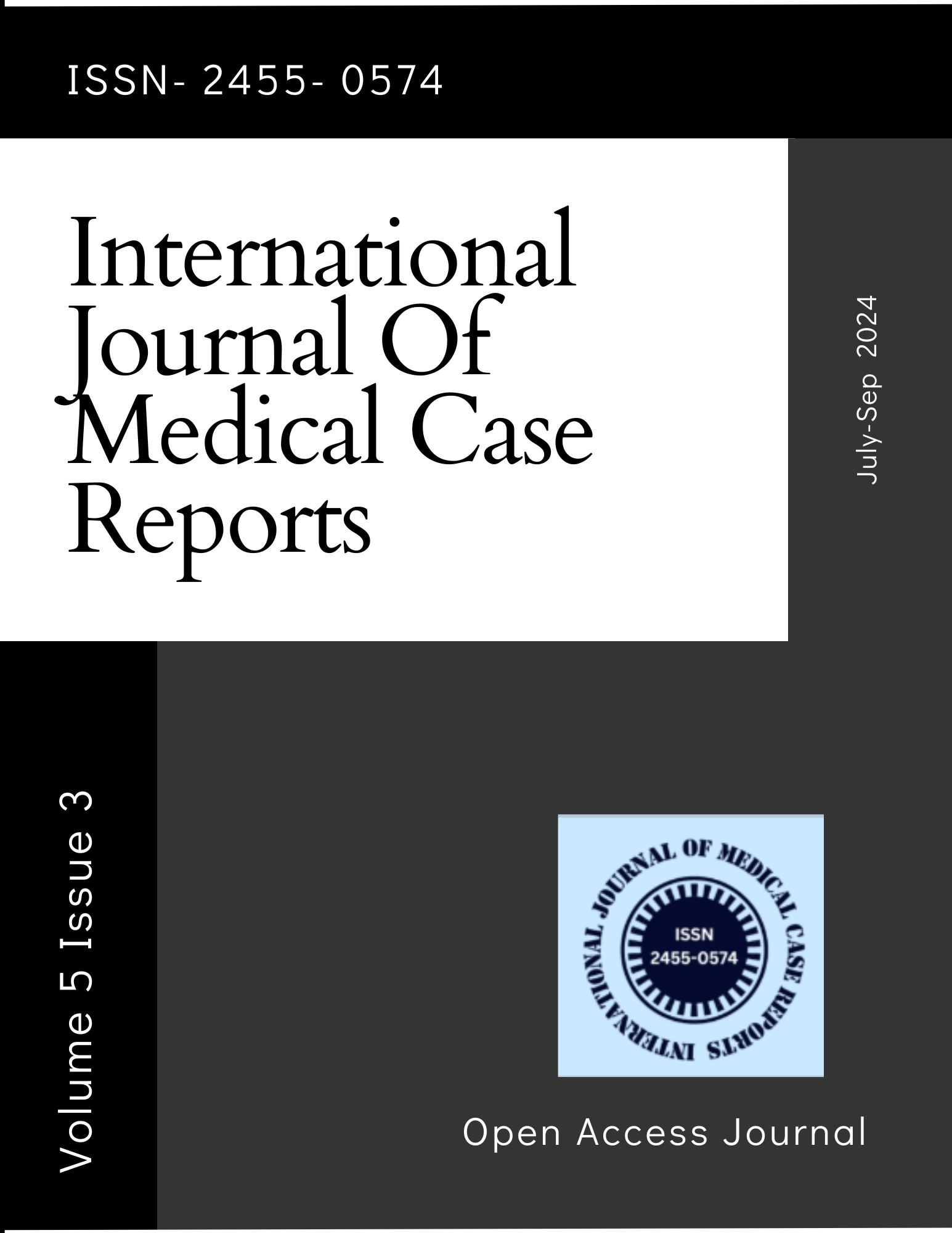Successful management of Acute respiratory tract infection and severe anemia in a case of severe acute malnutrition: A Case Report. ARI in a case Of SAM: Case Report.
Main Article Content
Abstract
Introduction: Severe acute malnutrition (SAM) is a critical health issue in children, defined by significant wasting, low mid-upper arm circumference (MUAC), or nutritional edema. This report presents a case of a 2-year-old boy with SAM, severe anemia, pneumonia, and pleural effusion, highlighting the challenges and successful management strategies.
Case Report: A 2-year-old boy presented with cough, fever, and severe respiratory distress. Examination revealed severe malnutrition (weight-for-height Z-score of -3.1, MUAC of 11.4 cm), pedal edema, and severe pallor. On chext xray pleural effusion was also present. Nutritional rehabilitation commenced with therapeutic feeds, and supportive care, including nebulizations and chest physiotherapy, was provided. Over time, the patient's respiratory distress resolved, fever subsided, and pedal edema improved.
Discussion: SAM significantly impairs immune function, predisposing children to severe infections like pneumonia. The coexistence of severe anemia further complicates the clinical course, reducing the oxygen-carrying capacity and exacerbating the body's response to infections.
Conclusion: Early diagnosis and a comprehensive treatment approach are essential for managing children with SAM, severe anemia, and pneumonia. The successful outcome in this case emphasizes the need for standardized protocols to improve the overall outcomes for such complex cases.
